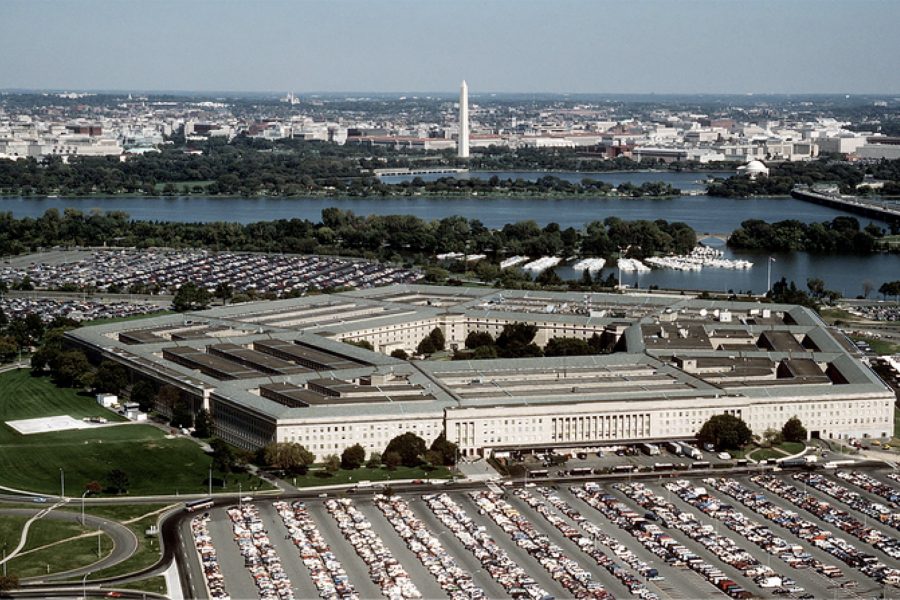The Pentagon will start reopening on June 15, after months of restricting access due to the coronavirus pandemic.
The Defense Department announced June 11 that slightly more workers will be allowed into the building, and the building will open more of its entrances. DOD plans to randomly test people coming into the Pentagon in an attempt to curb the virus’ spread.
Chief Management Officer Lisa Hershman, in a June 10 memo to Defense Secretary Mark Esper, said the decision to reopen was based on a 14-day downward trajectory of influenza-like and COVID-like symptoms within a 50-mile radius of the Pentagon, a decrease in positive test results in the general population, the lifting of stay-at-home orders, and adequate testing capabilities and supplies.
“While I am very glad to see the workforce begin to return, I ask one major thing of each of you,” Hershman said in a separate memo to Pentagon personnel. “If you are sick, feel sick, or live with someone who is COVID-positive or exhibiting symptoms, please do not come to the Pentagon Reservation.”
Specifically, the Pentagon Reservation will require people to stay 6 feet apart when possible, and cover their face with cloth when they can’t maintain the distance. Only mission-essential personnel should return, and gatherings must be limited to no more than 10 people.
Organizations in the building should use alternating staff schedules to ensure that no more than 40 percent of their personnel are in office spaces, aiming for 60 percent or more teleworking, the department said.
DOD also encourages its employees to take their temperatures before reporting to work, and stay home if it is higher than 100.4 degrees, though not everyone who is infected exhibits symptoms. Employees will randomly face temperature checks and questioning at entrances, and the Pentagon will screen all visitors.
Beginning a return to normalcy at the Pentagon is the military’s latest move to reopen after three months of health precautions. On June 8, the Defense Department said it would begin to lift travel restrictions for troops in 38 states, the District of Columbia, and five countries. On June 12, this list was updated to include Guam and South Korea.
